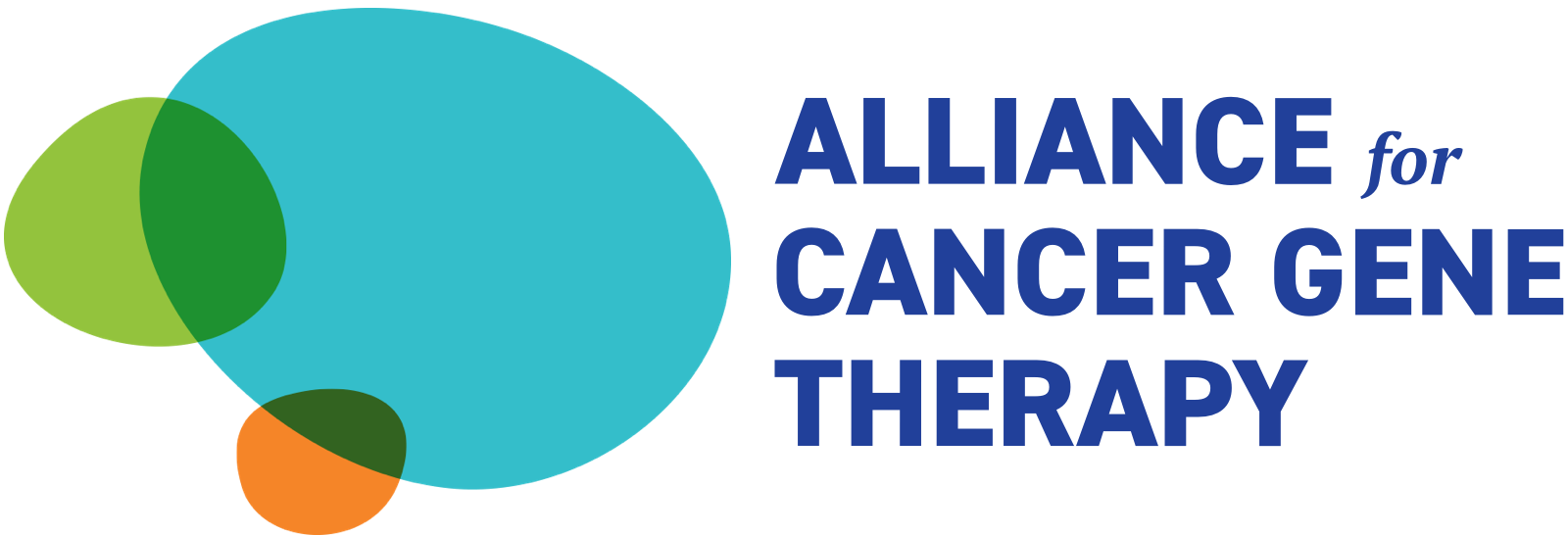Probably the greatest limitation to the application of gene therapy for the treatment of cancer remains the difficulty in delivering a therapeutic gene efficiently and selectively to its tumor target.
We have used oncolytic viruses, viruses that have been modified so that they selectively replicate in tumors and not normal tissues, to deliver a variety of genes to tumors. These viruses, based on vaccinia virus can be delivered intravenously into the blood stream, and even though they will then infect many different tissues (including the tumor), the engineered selectivity means they are cleared from all non-tumor tissues. The small amount of virus that does make it to the tumor will rapidly and selectively amplify as the virus replicates and spreads through the tumor. We have also used certain immune cell therapies that are attracted to the tumor, as delivery vehicles to carry the viruses to the tumor, so increasing the amount of virus that gets to the tumor and reducing the amount that goes to other organs.
We have found that if we express therapeutic genes from these viruses (such as cytokines, that attract the host immune response to help destroy the tumor), we are able to increase their therapeutic benefit. However, because the expression of the cytokines results in destruction of the infected cells, we also reduce the amount of viral replication that occurs. This means that the virus does not get a chance to replicate properly, so reducing its initial delivery and spread within the tumor, and leading to clearance of the virus before it is capable of achieving its own therapeutic potential.
We have therefore taken an approach that was developed by our collaborators that allows us to control the stability, and so the function, of any protein, and applied this to our oncolytic viral therapies.
By attaching a small sequence onto any protein, we can flag the protein for rapid destruction by the cell’s degradation pathways. However, if we apply a small molecule that binds to this sequence and shields it, then we stabilize the protein and its function is restored. This allows us to rapidly, reversibly and safely control the levels of functional protein. In this way we can block cytokine function for a period of time (while the virus is cleared from normal cells and amplifies itself to high levels within the tumor; or while the virus is being delivered within an immune cell to the tumor), and so enhance initial delivery and establishment within the tumor. If we then stabilize the cytokine, there is increased production exclusively within the tumor, and so we can safely increase anti-tumor effects.
We propose to use this system to control the expression of different genes expressed from oncolytic vaccinia viruses, and will use the system to control the virus replication itself. As a result, we can improve the delivery, safety and effectiveness of these (and other) gene therapy approaches, using a system that can be rapidly moved into the clinic.




